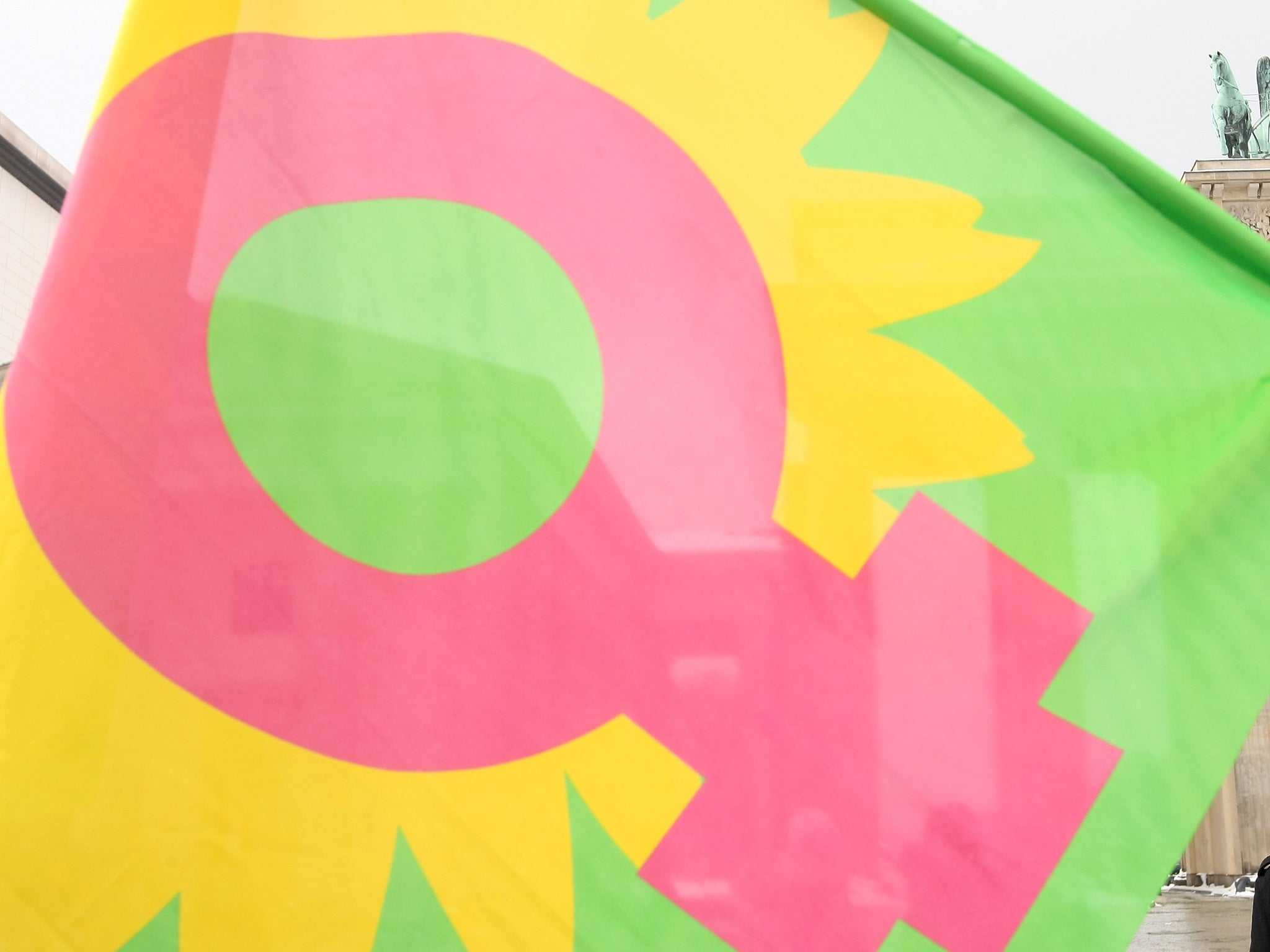Intersectional feminism: Why class, sexuality, ethnicity, race and ability must be taken into account when fighting for equality for all women
'White liberal feminism has the ability to disempower - and marginalise - those whose experiences fall out of the non-normative experiences of their identity,' argues one writer

2015 has, undoubtedly, been quite a year for feminism. This year, we have witnessed the seemingly unwavering dominance of the controversial “white liberal feminist” label, the mainstream resurgence of the term “intersectionality,” and the relational chasm between both intersectional feminism and white liberal feminism.
Mainstream, white, cisgender, able-bodied, and middle-class, heterosexual liberal feminism has been the subject of quite a few headlines. From Patricia Arquette’s Oscar speech and Taylor Swift's VMA Twitter feud with Nicki Minaj, right through to Nancy Lee Grahn’s criticism of Viola Davis’ Emmy speech, it seems when liberal feminism speaks, we are expected to listen.
Now, I maintain the strong belief that voicing the oppressive experiences of white, cisgender, able-bodied, middle-class females - in and of itself - is not at all problematic. It is, in fact, very necessary.
The oppressive experiences of the aforementioned women deserve to be voiced and heard. The issue exists when these voices work, silence, or even dismiss the voices of ‘other’ types of women who also deserve to have their voices heard.
Liberal feminism has, in many cases, worked to create a one-dimensional, monolithic construction of womanhood. This form of feminism has resulted in founding a politics on a very specific type of experience, asserting the normative experience of all women from the point of view such women.
This, in turn, has led to articulations from the likes of actress Patricia Arquette who said in her Oscar speech: “It’s time for all the women...and all the men who love women and all the gay people and all the people of colour that we’ve fought for, to fight for us now.” Rhetorically, Arquette rendered women of colour, queer women of colour, and queer white women as somehow not of fitting into the category of “all the women.” By referring to “all the women” - but not actually encapsulating the experiences of all individual groups of women - this form of feminism works against those who often need this platform the most.
Liberal feminism has the ability to espouse a limited conception of gender as an analytical theory. It has centralised a specific group while simultaneously silencing and dismissing the voices of the ‘others’. The centralisation of white, cisgender, able-bodied, heterosexual, middle-class women means their ideological experience is expressed as the normative experience of all women. This, white liberal feminism has the ability to disempower - and marginalise - those whose experiences fall out of the non-normative experiences of their identity.
There is an almost humorous irony that comes with the overarching dominance of liberal feminism within the feminist discourse. In its call for women to be treated equal to men, this feminism still fails to address the fact that all women are not treated equal to each other. It is essential, then, that for the positive progression of feminism, we must understand this: identities are multidimensional. Our experiences in the world are simultaneously informed by different identities - gender being only one, with class, sexuality, ethnicity, race, and ability making up the others.
Feminist quotes from the icons to inspire you
Show all 22So here it is. Intersectionality. Intersectionality provides us with the ability to understand how homogeneous perceptions of womanhood are destructive and actually participate in the oppression of those women who are deemed to be outside of non-normative construct. Intersectional feminism attempts to change monolithic understandings of womanhood, allowing us to question and expand who we see as women.
The formal genesis of our mainstream understanding of intersectionality is often understood to be the coining of the term by legal scholar Kimberlé Crenshaw in 1989. However, the sentiment behind Intersectionality existed long before then. Intersectional feminism, thus, works to decentralise the dominant narrative of liberal feminism as the uniform voice for all women. It takes into account the varying systems of oppression that interlock and result in unique experiences for women within the world.
Feminism, in its purest definition, has undoubtedly brought about a diverse range women throughout history. However, mainstream feminism has historically eliminated the voices of women of colour, queer women, women of different classes, disabled women, and the other non-normative identities that all play a role in the experiences of women in the world.
Feminism should not vitiate the methods through which other segments of the female category inform and articulate their experiences. All women do not have the same story, the same body, the same sexuality, the same experiences. Feminism, in turn, must refrain from articulating one singular voice and view the experiences of females through an intersectional lens if it is to be a means to fight towards equality for all women.
So, here’s to the resurgence of intersectionality.
Twitter: @mmagzzzzzzzzzzz
Subscribe to Independent Premium to bookmark this article
Want to bookmark your favourite articles and stories to read or reference later? Start your Independent Premium subscription today.

Join our commenting forum
Join thought-provoking conversations, follow other Independent readers and see their replies